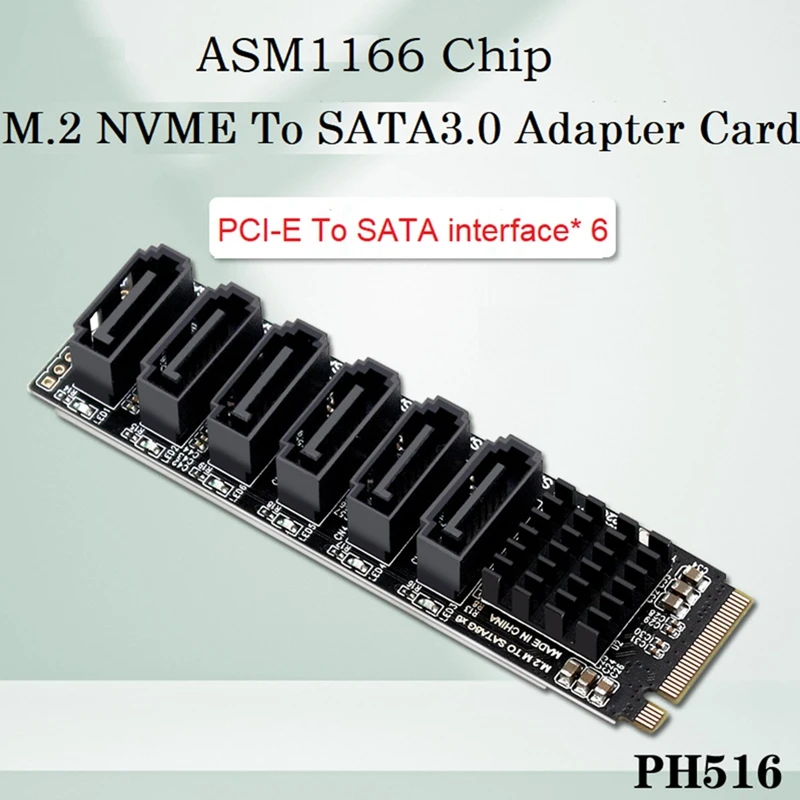My Windows 10 system is now just under 10 years old, and with Win 10 giving me the usual problems that Windows always does when it has been used for too long, I am going to have to do a reinstall. So I would prefer to install Win 11, rather than go with Win 10 again. But that means I need a new motherboard. So I thought, if I get one of the new PCIe 5.0 motherboards (either Intel or AMD), then I should be able to get something that will last me for another 10 years. But when I looked at what is actually available, there seems to be a basic usability problem with all the PCIe 5.0 offerings. There are very high bandwidths available on the PCIe slots, but there are not enough of them. It seems that you can not get more than 4 PCIe slots, and most have only 3 or sometimes 2. If you could split the lanes out of one of the x16 slots and use them in smaller slots, you would have enough slots to work with - at PCIe 5.0 speed, a single lane has huge bandwidth, enough for almost any peripheral device except a fast video card. And even the video cards probably need no more than 4 lanes at the moment, so putting them in a x16 slot just wastes 12 lanes.
So it seems to me that the usability of the PCIe 5.0 motherboards is actually significantly worse than the PCIe 4.0 ones. You really need a third party lane splitter device that plugs into a x16 slot and splits out those lanes to x1 and x4 slots in an external card cage. Such things may well exist soon, but I have not found one yet. Some motherboards do say that they support some lane splitting, but it is not well documented as to how it works. There is hope that it may become normal at some point to do this. There are some options for this sort of thing for running mining rigs, but not quite what I would want, and it seems pretty bad to have to buy an extra device to plug your PCIe cards into outside the PC when you used to be able to put them all inside. And on top of that, getting a PCIe 5.0 motherboard that has 8 SATA ports is pretty rare - most have only 6 and sometimes 2 of those do not work if you have the wrong M.2 socket in use or the wrong PCIe slot in use.
My current motherboard is an Asus Sabertooth 990FX R2.0, and it has 5 PCIe slots and one PCI slot. In those slots, I have a Nvidia GT1030 card, a card for a second 1 Gbit/s Ethernet port, a card with my NVMe M.2 SSD on it, an ancient PCIe dual tuner card (analogue and DVB-T), and a SAS card giving me up to 8 extra SATA ports (3 in use, I think). The motherboard has 6 SATA ports on the SB950 chipset and another 2 SATA ports on a secondary ASMedia controller chip (BIOS switchable between eSATA and internal SATA ports). All the motherboard SATA ports are in use (7 hard drives and 2 optical drives), hence the need for the extra SAS card. The case also has a plug in hot swap SATA port, so that is a 10th SATA port in use. If I upgrade to a PCIe 5.0 motherboard, I should not need the Nvidia card (the AMD and Intel CPUs can have onboard GPU which would be fine for my use of Windows). And I would not need a card for the NVMe SSD either, as there are lots on M.2 slots on the latest motherboards. And you can get motherboards with two Ethernet ports (one 1 Gbit/s and one 2.5 or even 10 Gbits/s). So initially, I would only need to use 2 PCIe slots, one for the tuner card (PCIe x1) and one for the SAS card (PCIe x4? x8?). But what about the future? Over a hoped for 10 year lifespan, I am definitely going to want to have 10 Gbit/s Ethernet, not just 2.5 Gbit, and that is only available on one or two of the most expensive PCIe 5.0 motherboards. Or maybe I will want Infiniband (40 Gbit/s). So I will want a slot for that. And who knows what will come along needing a slot - NVMe was not available when I bought the 990FX motherboard, and in 10 years there may be something even faster that will need all of a PCIe 5.0 x16 slot!
So I can not find any good options for a PCIe 5.0 motherboard to replace the existing system. And anything that approaches good costs heaps - I am guessing that it will take around $4500 to get a system with 64 Gbytes of RAM and 4 PCIe slots and 10 Gbit/s Ethernet. But if I go with PCIe 4.0 I can get everything I want (except PCIe 5.0 and USB 4.0) for just $2262.47 and add a 10 Gbit/s Ethernet card when I need it:
https://www.computerlounge.co.nz/shop/components/motherboards/amd/asus-rog-strix-x570-e-gaming-wifi-ii-motherboard
https://www.computerlounge.co.nz/shop/components/memory/desktop/gskill-trident-z-neo-rgb-64gb-4x16gb-ddr4-3600-cl16
https://www.computerlounge.co.nz/shop/components/processors/amd/amd-ryzen-9-5900x-processor
https://www.ascent.co.nz/productspecification.aspx?itemID=667799
I already have an Asus Rog Strix X570-E Gaming motherboard in my Ubuntu box and it is extremely good. It has lots of everything, and works very well. So now I have to decide whether I go with that, or wait and see if I can find a PCI 5.0 system that is good enough, but at a much higher price.



